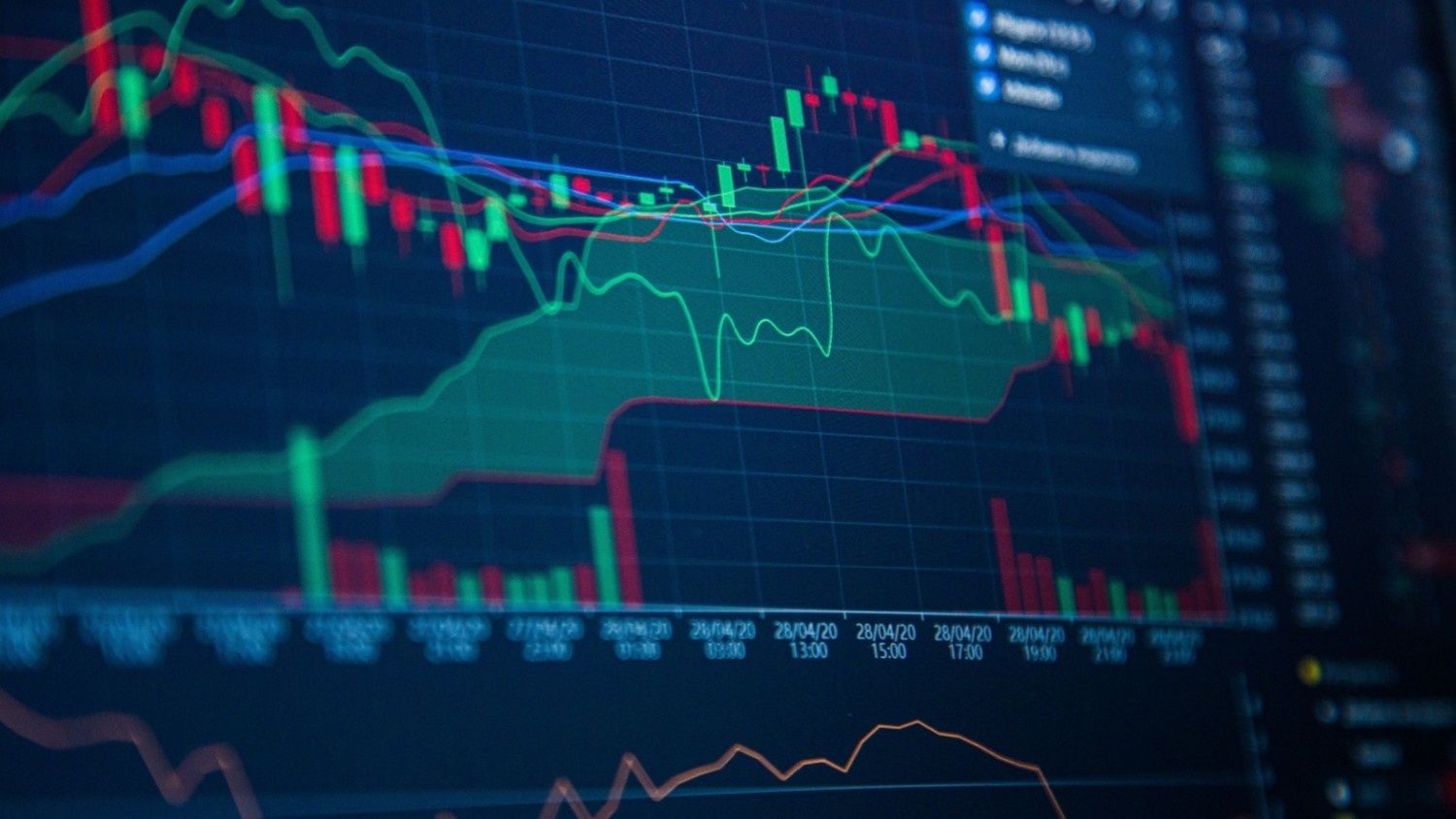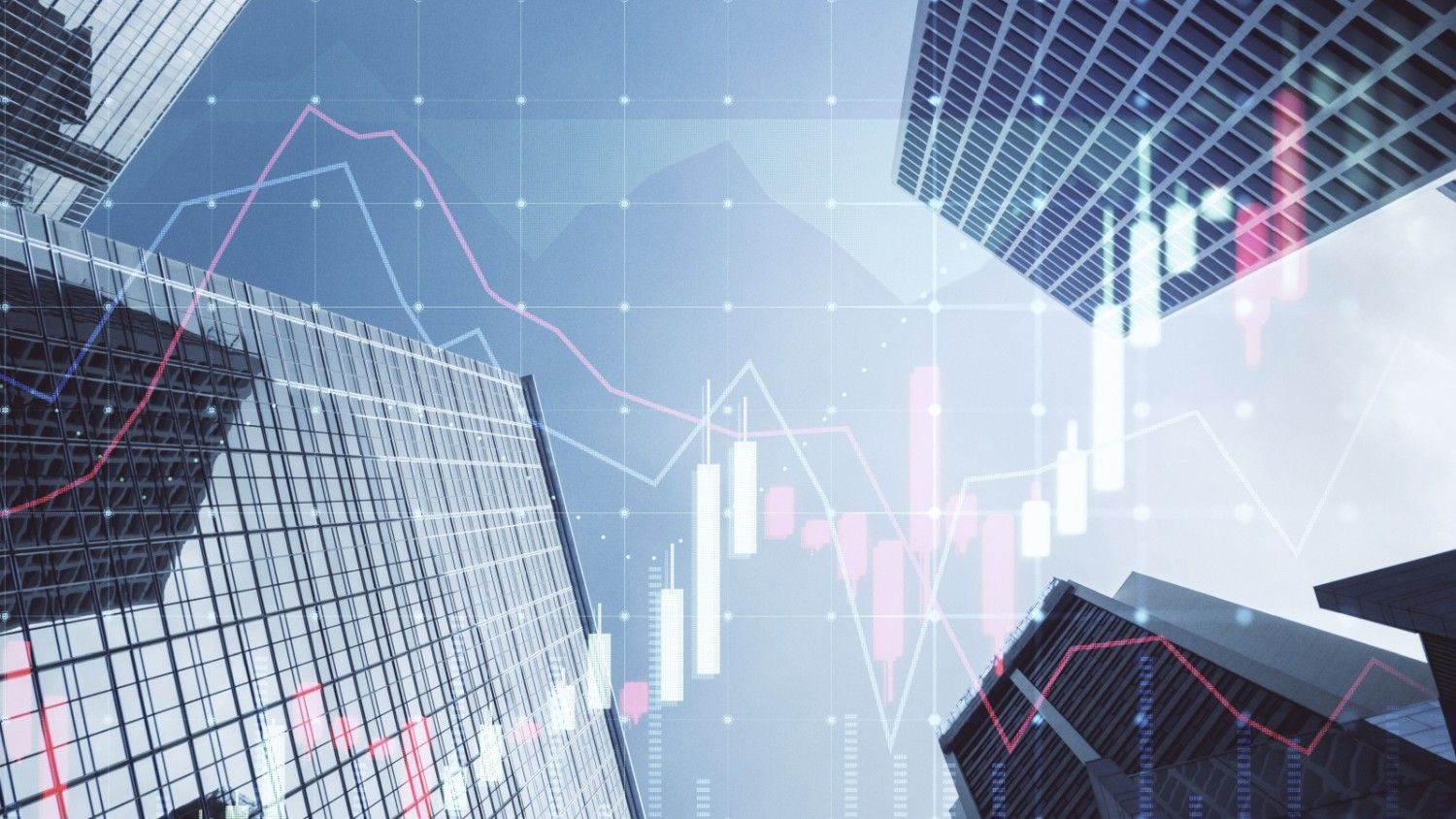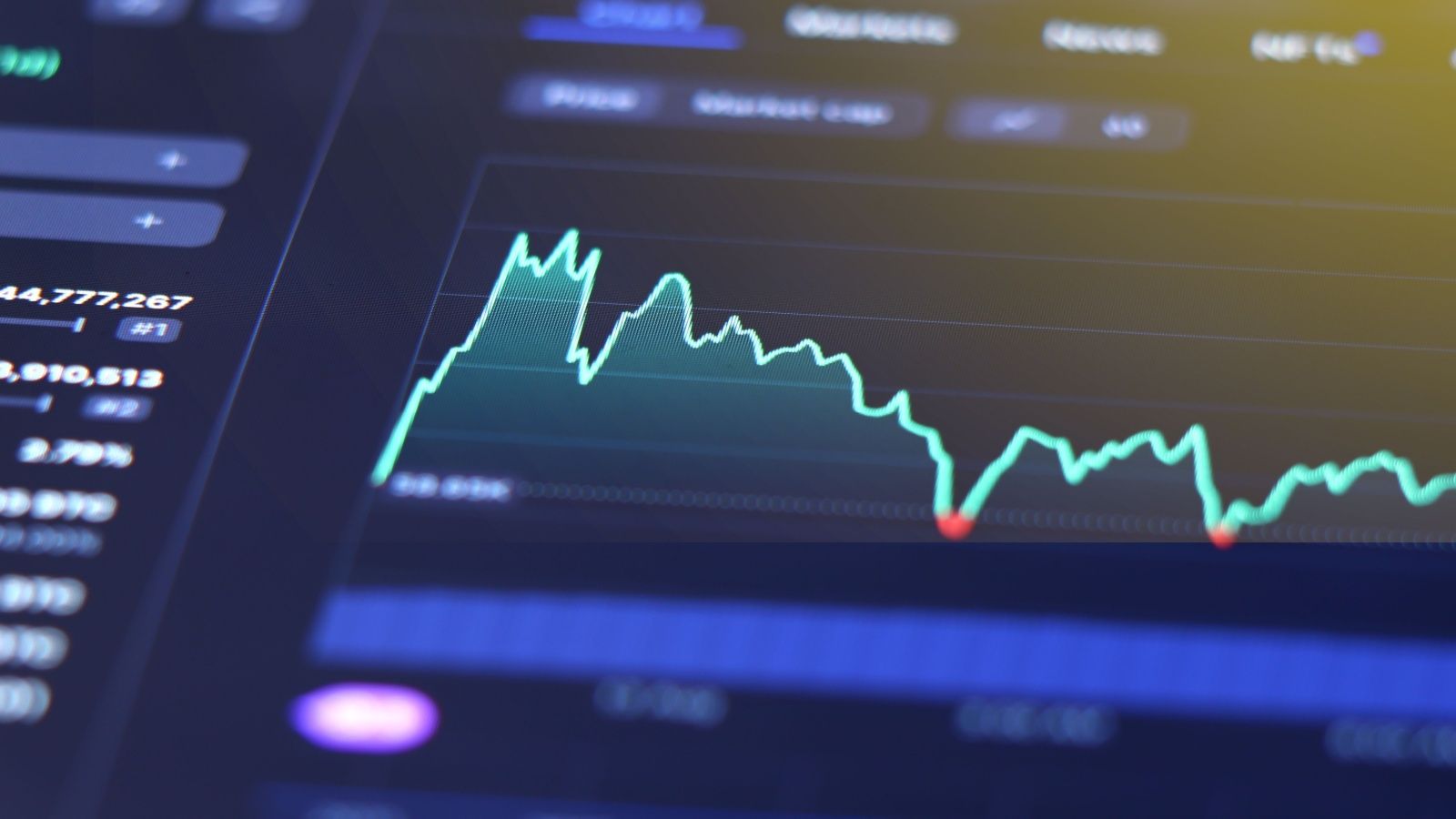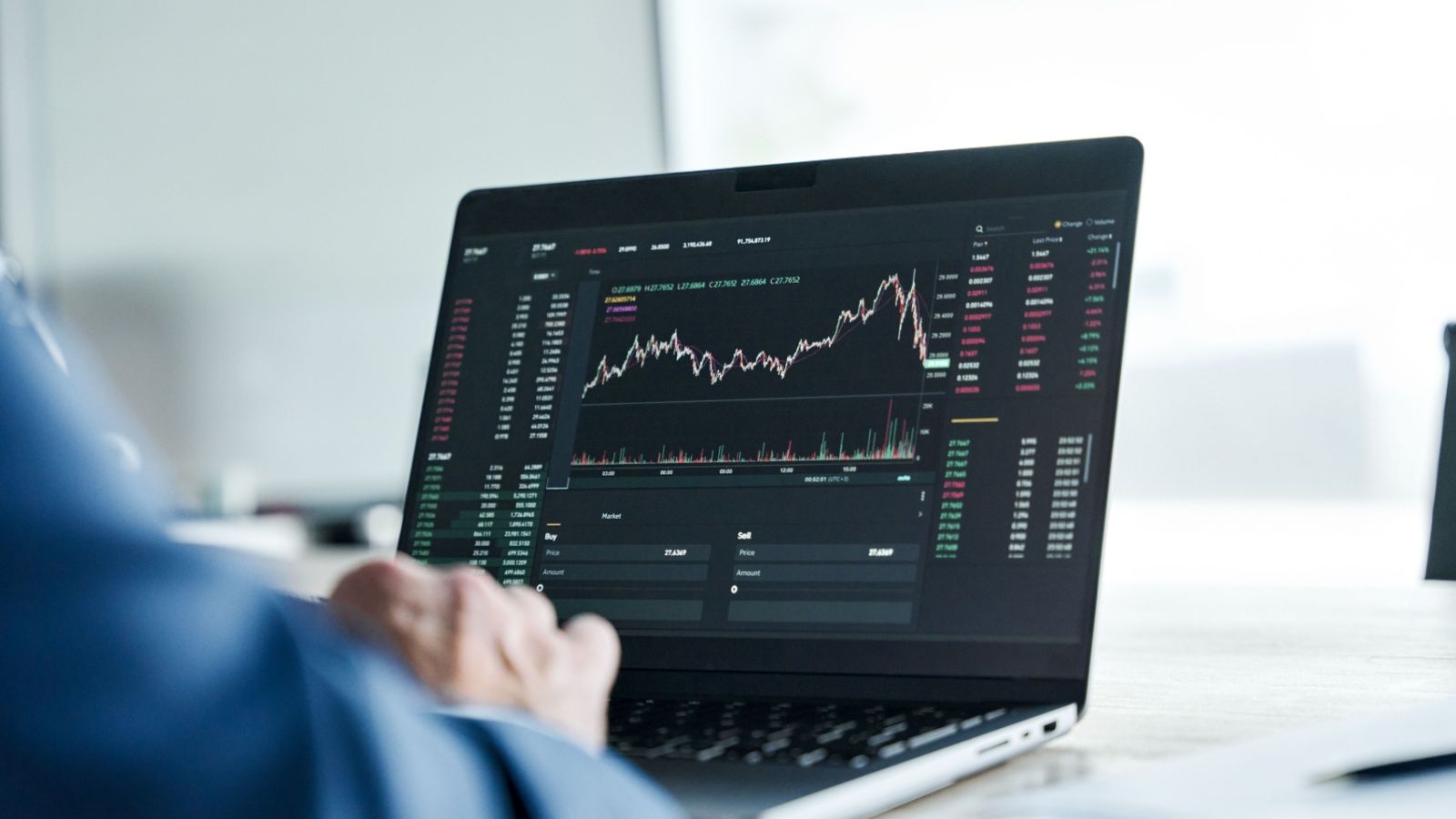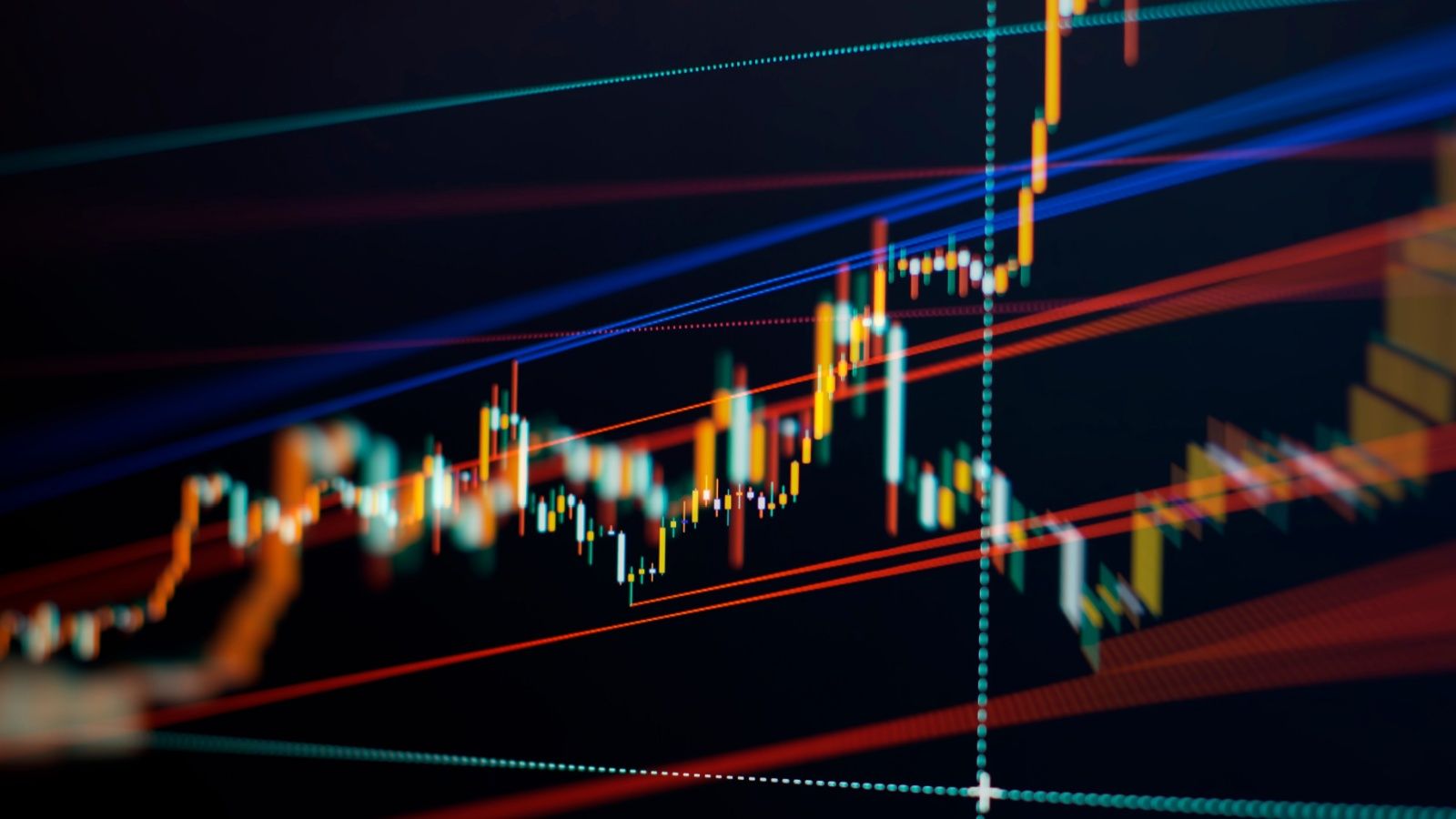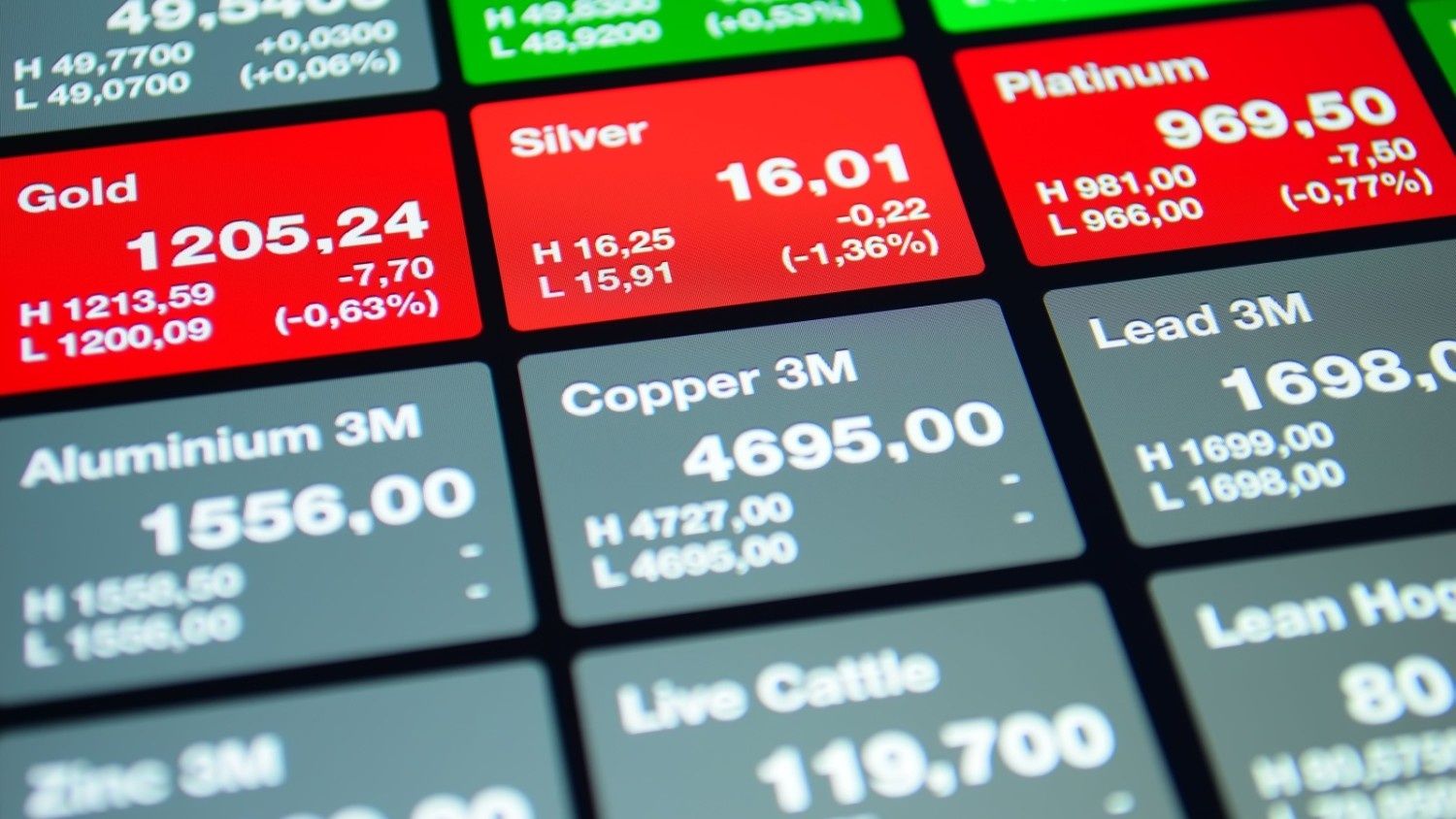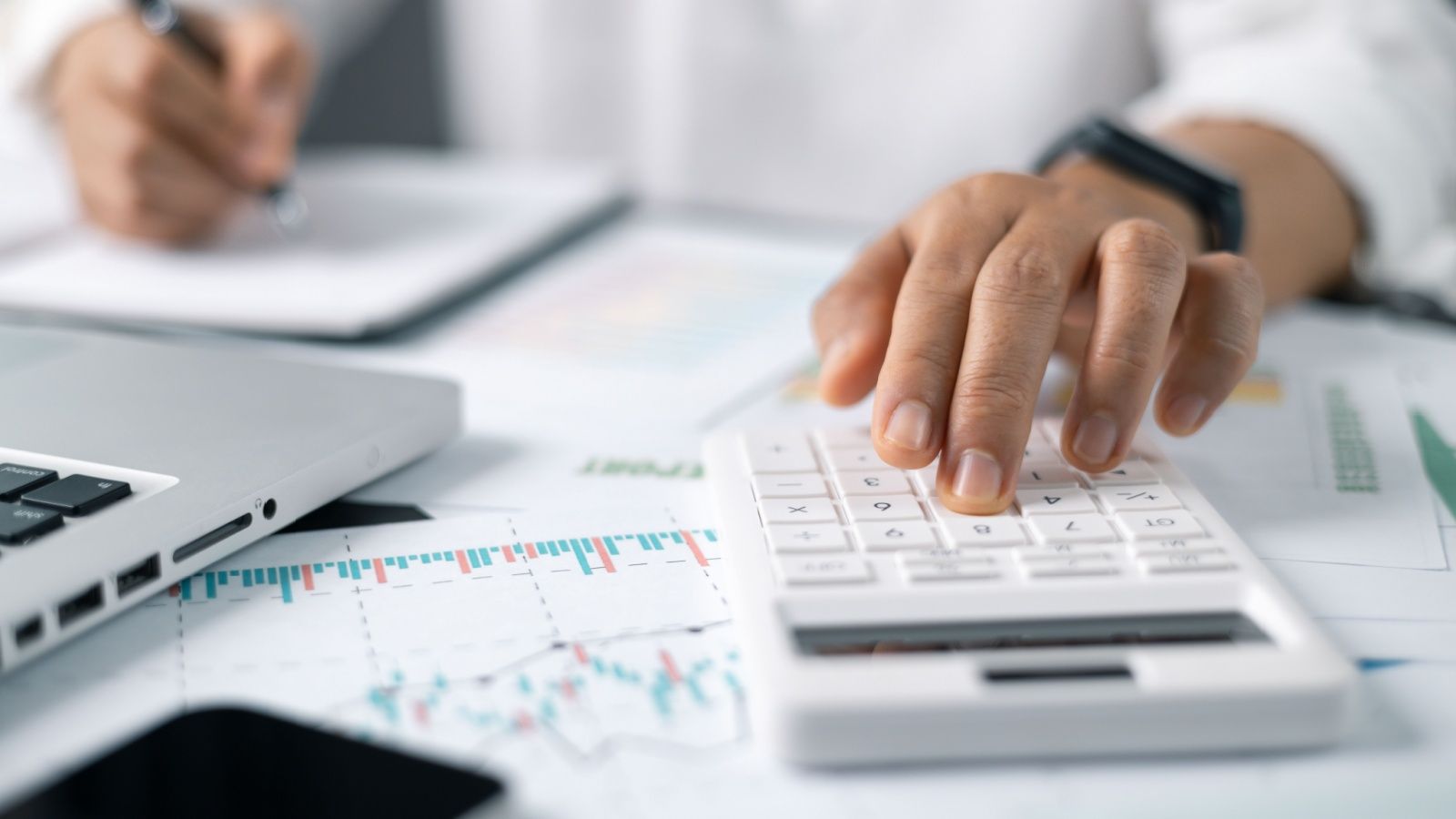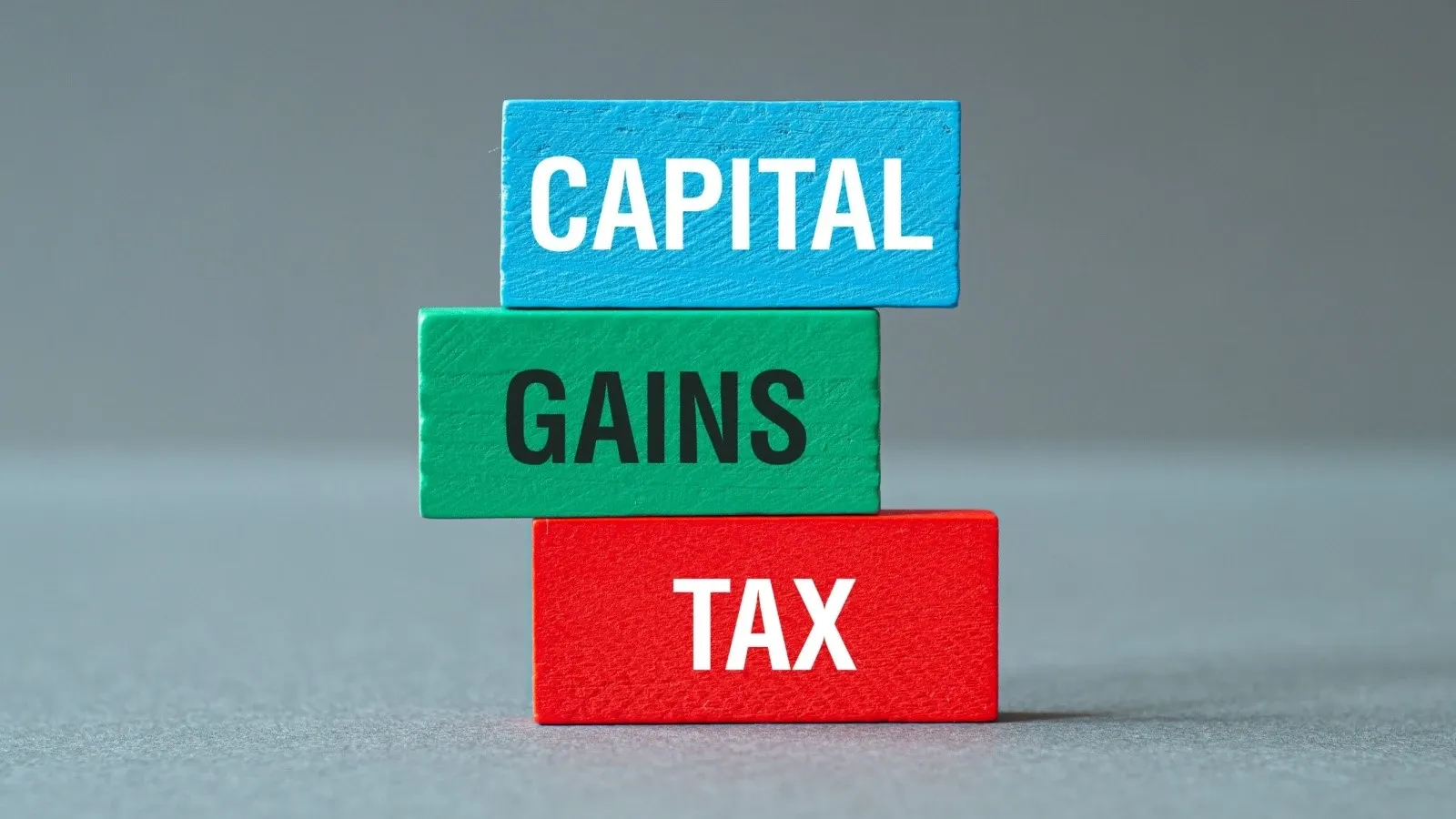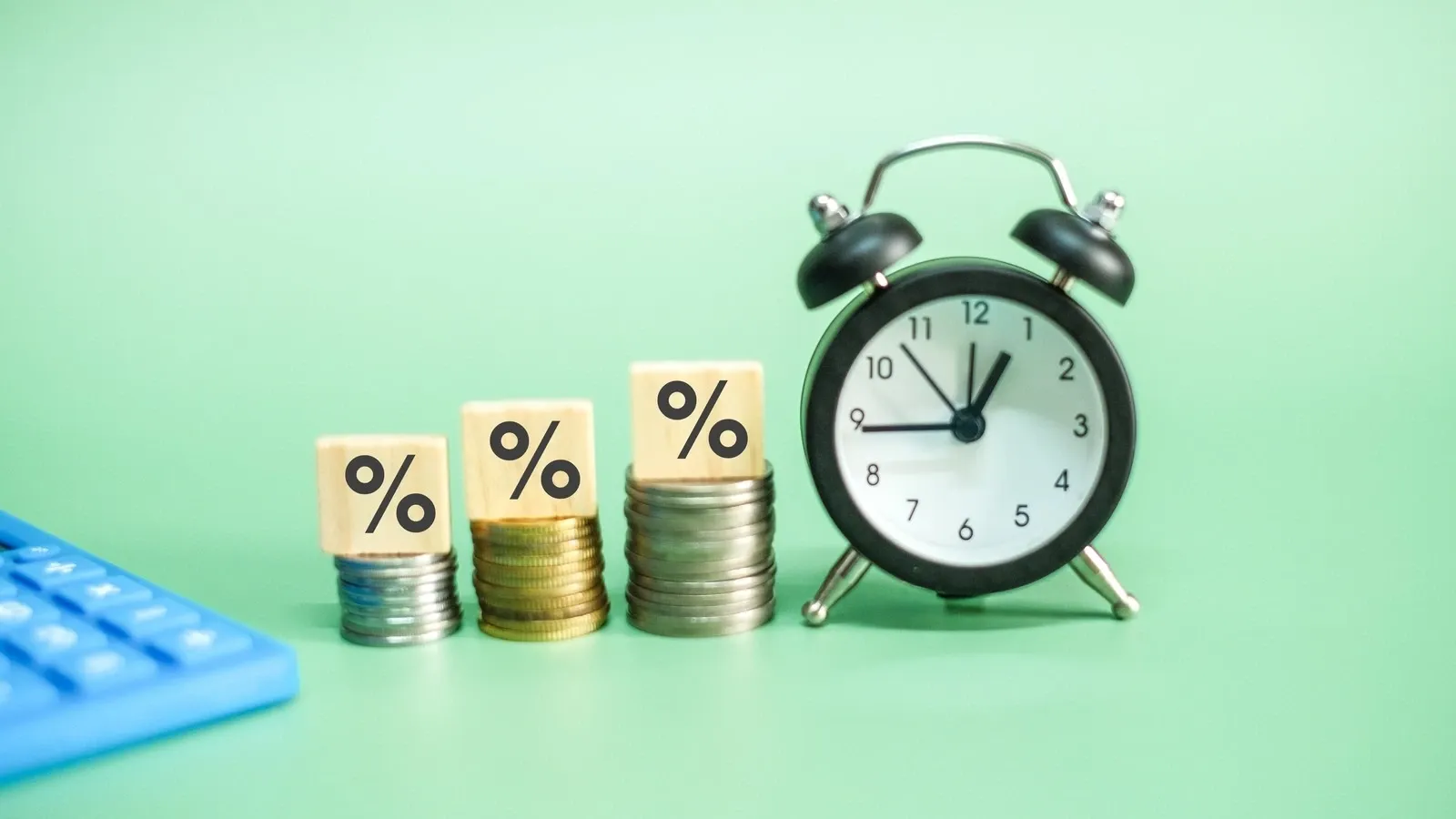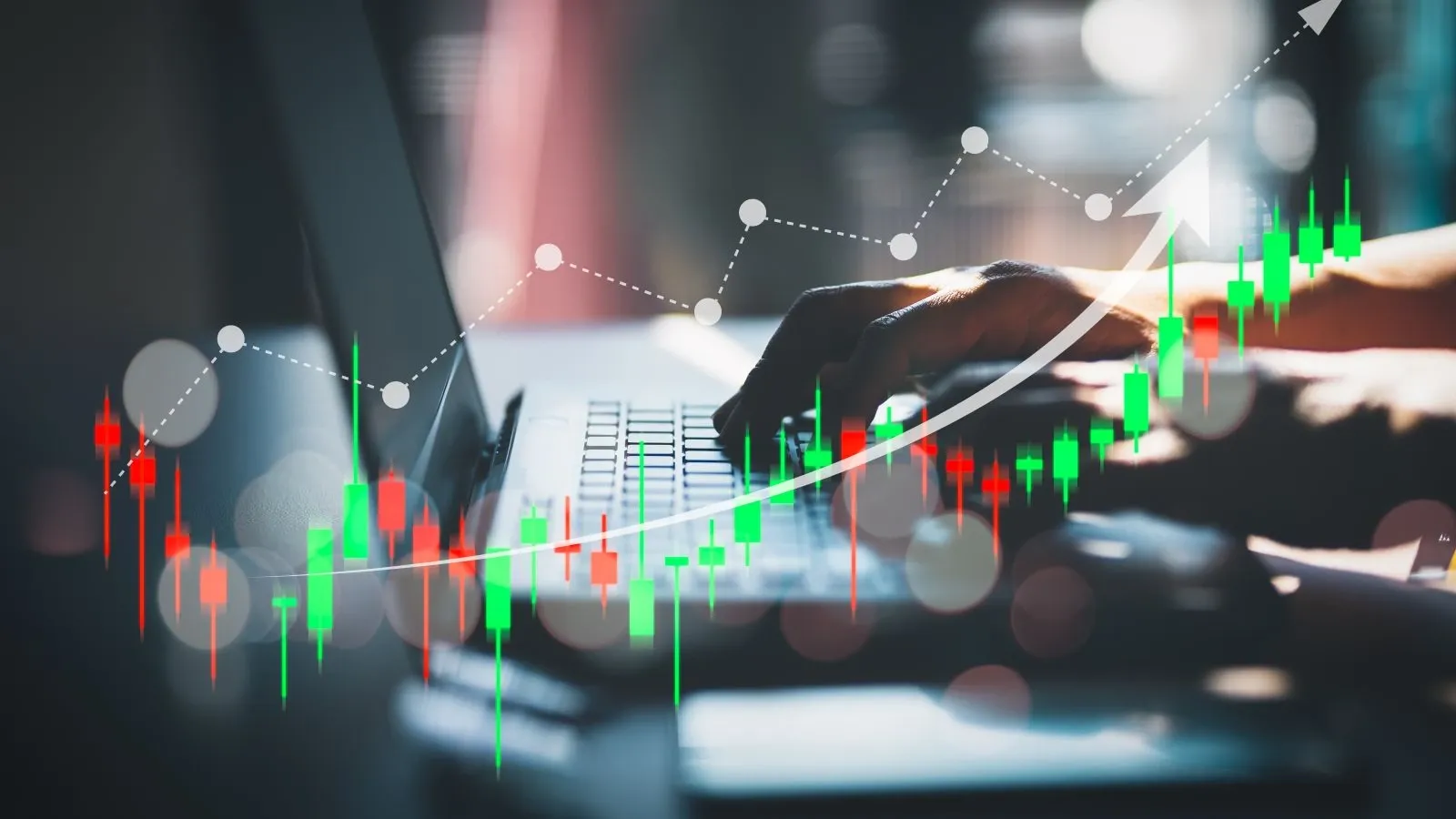How to Analyze a Balance Sheet?
Written by Upstox Desk
Published on September 26, 2025 | 5 min read

Do you often hear people talk about their balance sheets not being tallied? In reality, it’s not the case every time. Understand how to accurately analyze various terms in a balance sheet and their relationship with one another.
Hello and welcome to our new series - Learn with Upstox.
In this series, we discuss ratio analysis, industry analysis, balance sheet analysis and many topics like that. But today, we will discuss how to analyze the balance sheet.
We will mainly focus on these four terms:
- What is a balance sheet?
- What are the various terms present in a balance sheet?
- What is the relationship between these various terms present in a balance sheet?
- Bonus tip
So, Let’s begin.
What is a balance sheet?
The balance sheet is a statement which shows the entity's assets and liabilities as at a particular point in time or in a single point in time.
Let’s try to understand the terms - assets and liabilities with an example.a
- Anything I own is an asset.
- And anything I owe is a liability.
So, what do we mean by a point in time? Let’s take an example to understand this.
Let’s say that I’m talking about the balance sheet as of 31st, March 2021. And I own assets worth rupees one crore. Now, what does that mean? It means that right from the day when I started my business till date, I have built assets worth rupees one crore. It is not related to a particular year but it talks about a big period starting from the day I started my business till date.
The various terms used in a balance sheet
- Share Capital: The amount with which a businessman starts the business is known as the share capital. If we assume that I started my business with one crore rupees, then this one crore rupees is my share capital.
- Reserves and Surplus: Assume that with one lakh rupees or one crore rupees with which I had started my business, allowed me to earn a profit of 20 lakh rupees. Now, this 20 lakh rupees, I can keep aside for some general or specific purpose or for some things in the future. This amount is called as the reserves and surplus.
- Non-Current Liability: Any liability or amount which I owe after a period of one year is known as the non current liability. If we assume that I have issued a 10 year bond, because the amount is payable after one year in our example, this 10 years will be an example of a non current liability.
- Current Liability: Any liability or amount which is payable within a time span of one year is called a current liability. A simple example of that can be the working capital loan which one has to repay within this year.
- Current Asset: An asset which is expected to give money within a year is known as the current asset. A stock is a simple example. If we assume that I do a business of selling t-shirts. Now, whatever inventory I have, I expect that I will be able to sell off that inventory and get money within one year. And hence this becomes an example of a current asset.
- Non-Current Asset: An asset that is expected to give money after one year is known as the non current asset.
Important Ratios in a Balance Sheet
Now, let’s try to understand how these various terms are related to each other.
- Leverage Ratio: In leverage ratios, the debt to equity ratio is the most popular. We have covered this in one of our articles in the series. So if you want to, you can check that out.
- Return Ration: The famous return ratio is known as the RoCE and stands for Return on Capital Employed. We have covered this as well, in the same article where debt to equity ratio is covered and you can check it out.
- Liquidity Ratio: The best example of a Liquidity ratio is the current ratio.
The current ratio is calculated by dividing the current assets by the current liabilities. In simple words, this is the ratio of the amount of money I’m going to receive within a year compared to the amount of money I have to give within the year. So, if I am going to receive 2000rs and I have to give 1000rs, then the ratio becomes 2:1. So does that mean that a higher ratio is better? Definitely yes.
Bonus Tip
We have to understand that there are many footnotes which accompany the balance sheet, but this data is not present inside the balance sheet. Simple examples of this could be various accounting policies or contingent liabilities.
What are Contingent Liabilities?
These are liabilities which the company has to pay if certain conditions are fulfilled. For example, let’s assume that a litigation is going on. Now the thing is, the company only has to pay if it loses the case. This is a contingent liability, the amount which might or might not have to be paid. These expenses are not written on the balance sheet but we need to know about it when we are analysing.
That’s all for this article. We have tried to discuss in detail how to analyse a balance sheet and hope that you found it useful. You can check out more such articles on our website or you could also check out our YouTube channel for the same.
Thank you and have a good day!
About Author
Upstox Desk
Upstox Desk
Team of expert writers dedicated to providing insightful and comprehensive coverage on stock markets, economic trends, commodities, business developments, and personal finance. With a passion for delivering valuable information, the team strives to keep readers informed about the latest trends and developments in the financial world.
Read more from UpstoxUpstox is a leading Indian financial services company that offers online trading and investment services in stocks, commodities, currencies, mutual funds, and more. Founded in 2009 and headquartered in Mumbai, Upstox is backed by prominent investors including Ratan Tata, Tiger Global, and Kalaari Capital. It operates under RKSV Securities and is registered with SEBI, NSE, BSE, and other regulatory bodies, ensuring secure and compliant trading experiences.




